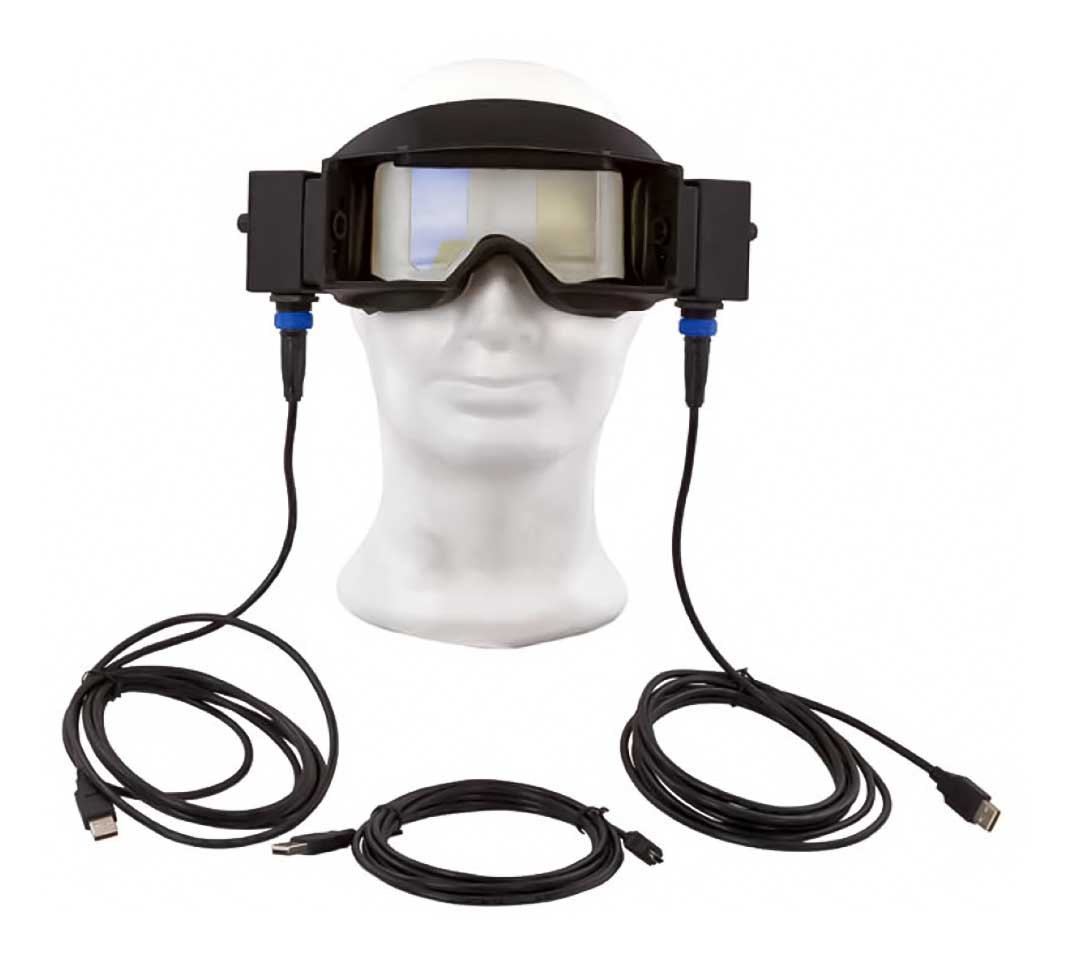
Head Impulse Test (HIT)
The HIT (Head Impulse Test) was developed for both everyday clinical practice and clinical applications. It stands out for its extensive range of functions and user-friendly interface. With HIT USB, a comprehensive system is available for examining the semicircular canals. Initially described in 1988 by Curthoys and Halmagyi, the head impulse test has since been validated in numerous studies, becoming a standard vestibular diagnostic tool. This system provides a complete, all-in-one solution while significantly reducing patient stress. The test stimulates the specific canal corresponding to the direction of head rotation, ensuring accurate results. Real-time feedback is provided, showing the expected smooth eye movement in response to head movement. The gain ratio between head and eye movement is crucial, with deviations indicating potential canal issues. The HIT USB software not only displays gain and movement but also offers a 3D depiction of eye responses for comprehensive analysis.
Technical Specifications
-
PC requirement: PC or laptop with Intel Core i5 processor (from 2nd generation) from 2.2 GHz and at least 2 free USB 2.0 ports (according to EN 60601-1), 2 GB RAM, graphics card 1 GB, Windows 7, 8 or 10 (the PC monitor must have an image resolution of at least 1920×1080 pixels)
-
System: Infrared LED wave range 700-1050 nm
-
Video recording: 100 frames/sec., 8-bit grayscale including slow motion function
-
Resolution: 520×360 pixels
-
Video format: AVI format
-
Camera type: 100Hz
-
Steering: via foot switch
-
Evaluation:
– Graphical recording of the impulses per level
– 3D analysis
– Table of measuring points with pulse speed and gain
– Canalogram according to Walther -
Accessories: Video mask with gyroscopes and connection cable, foot switch with cable, HIT software for Windows, installation CD, operating instructions
